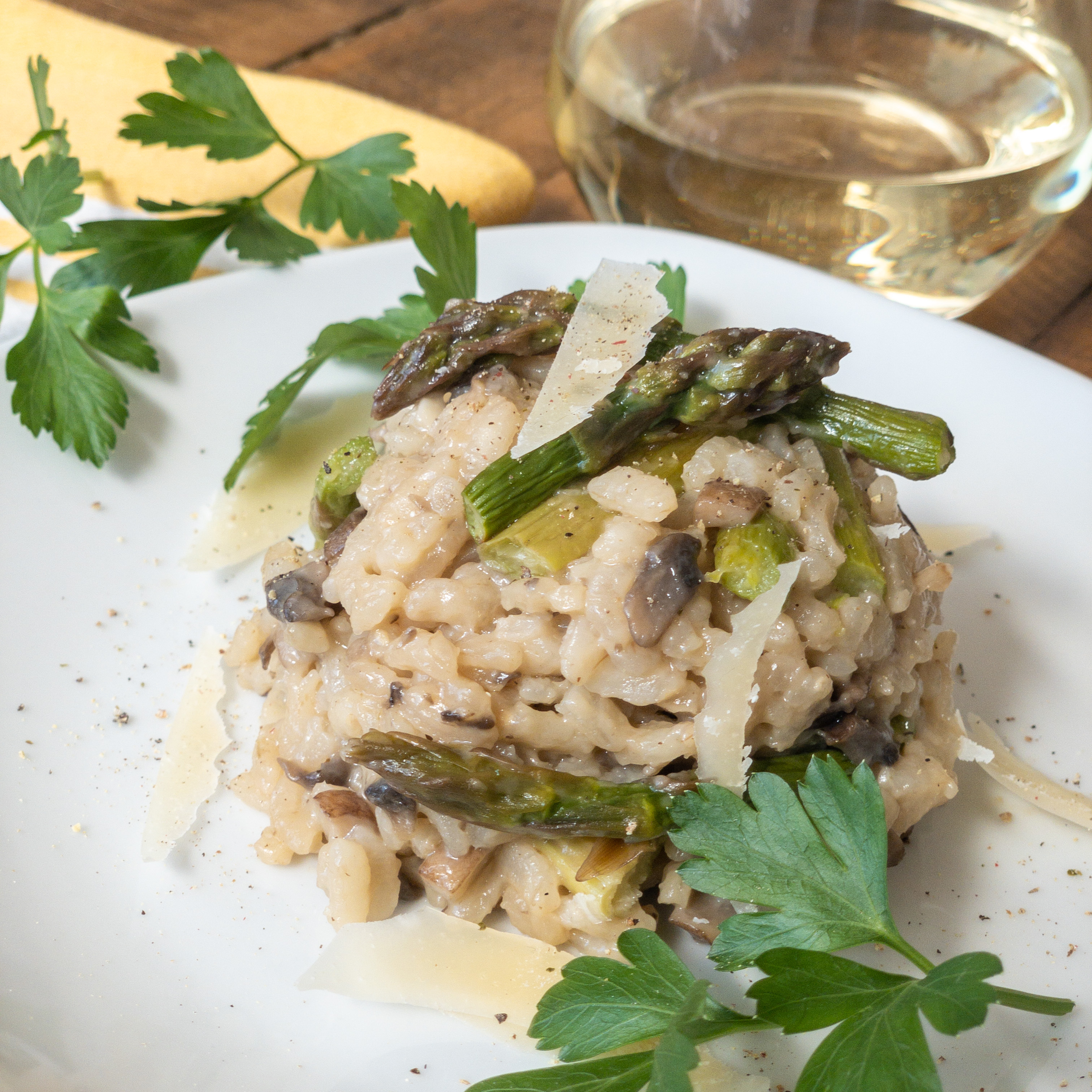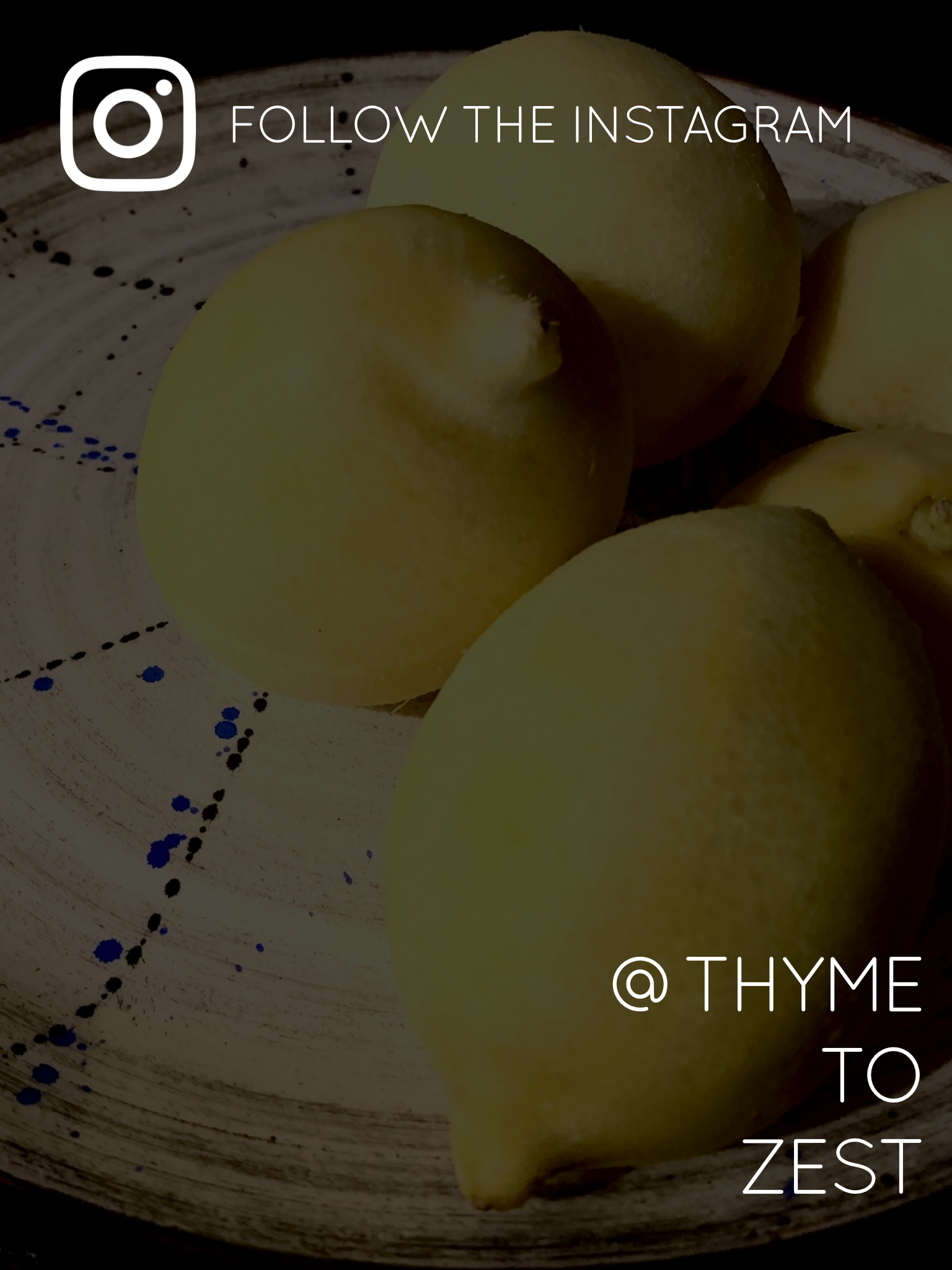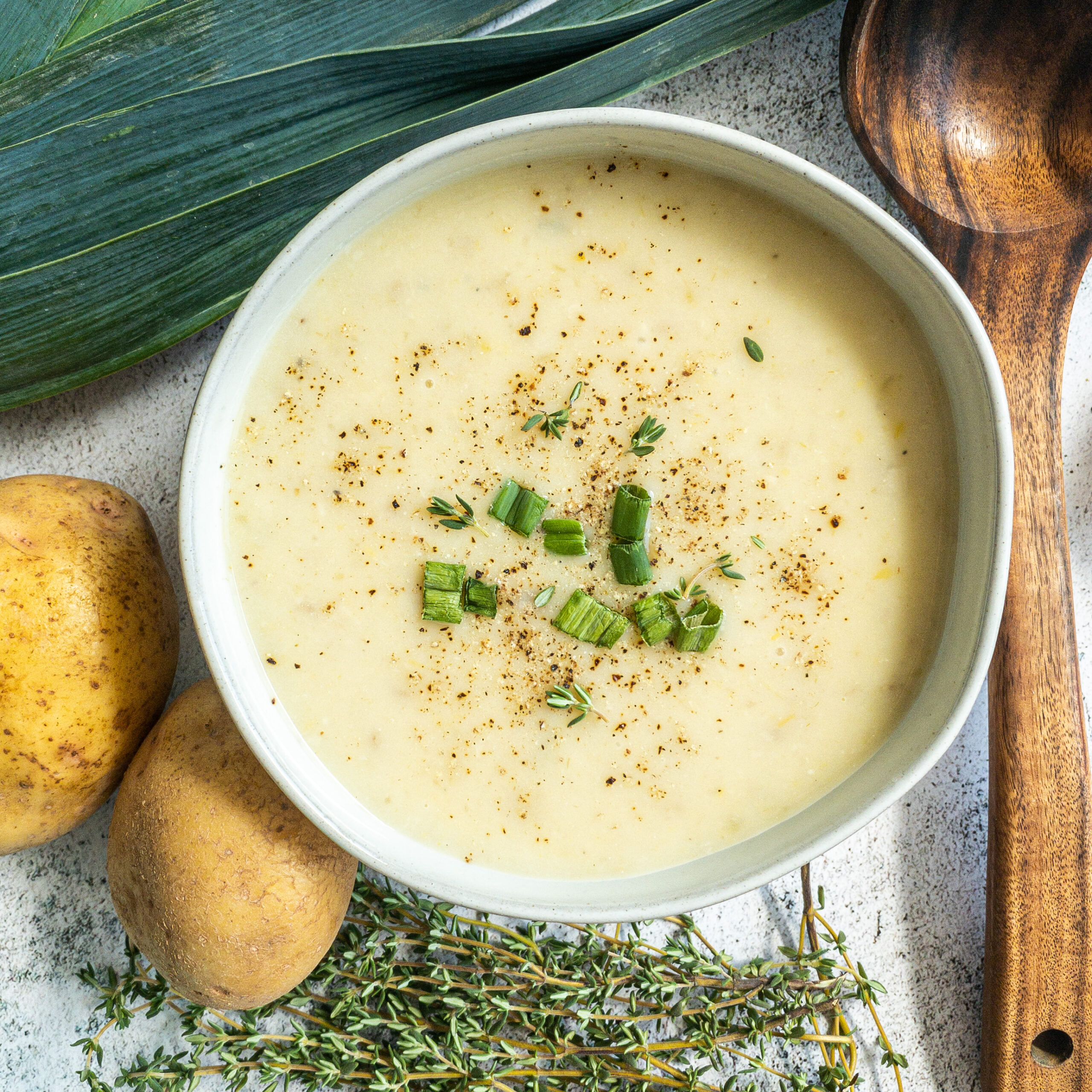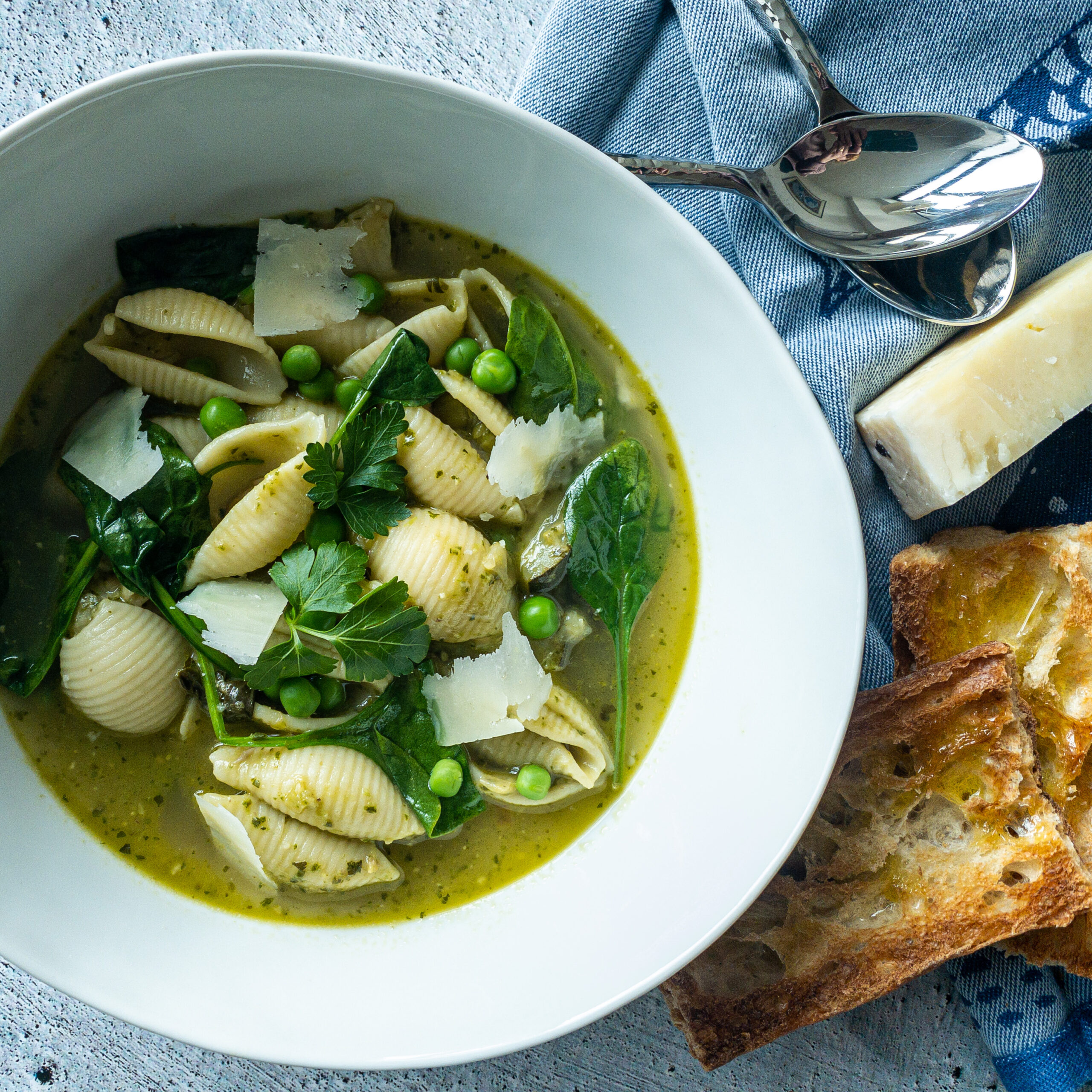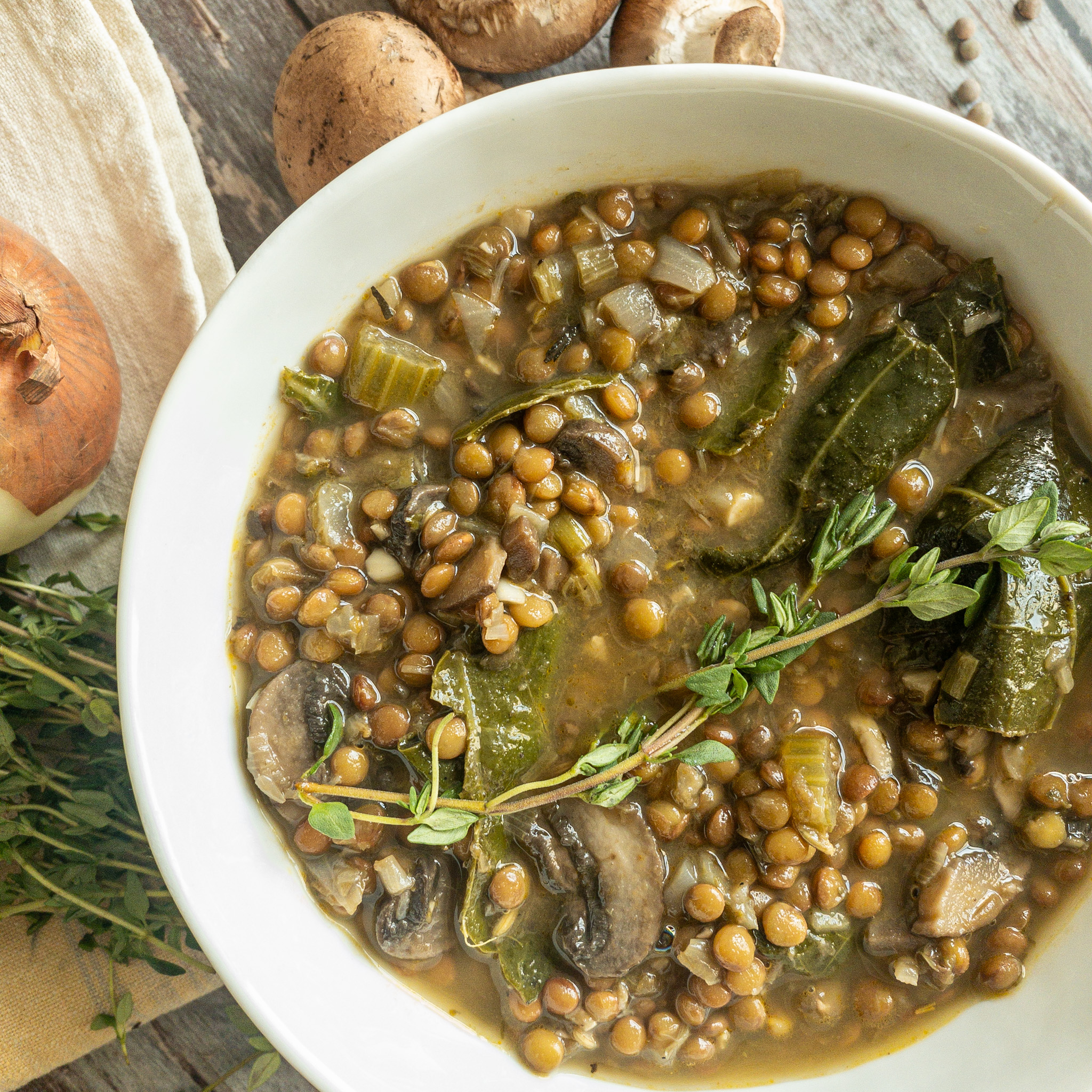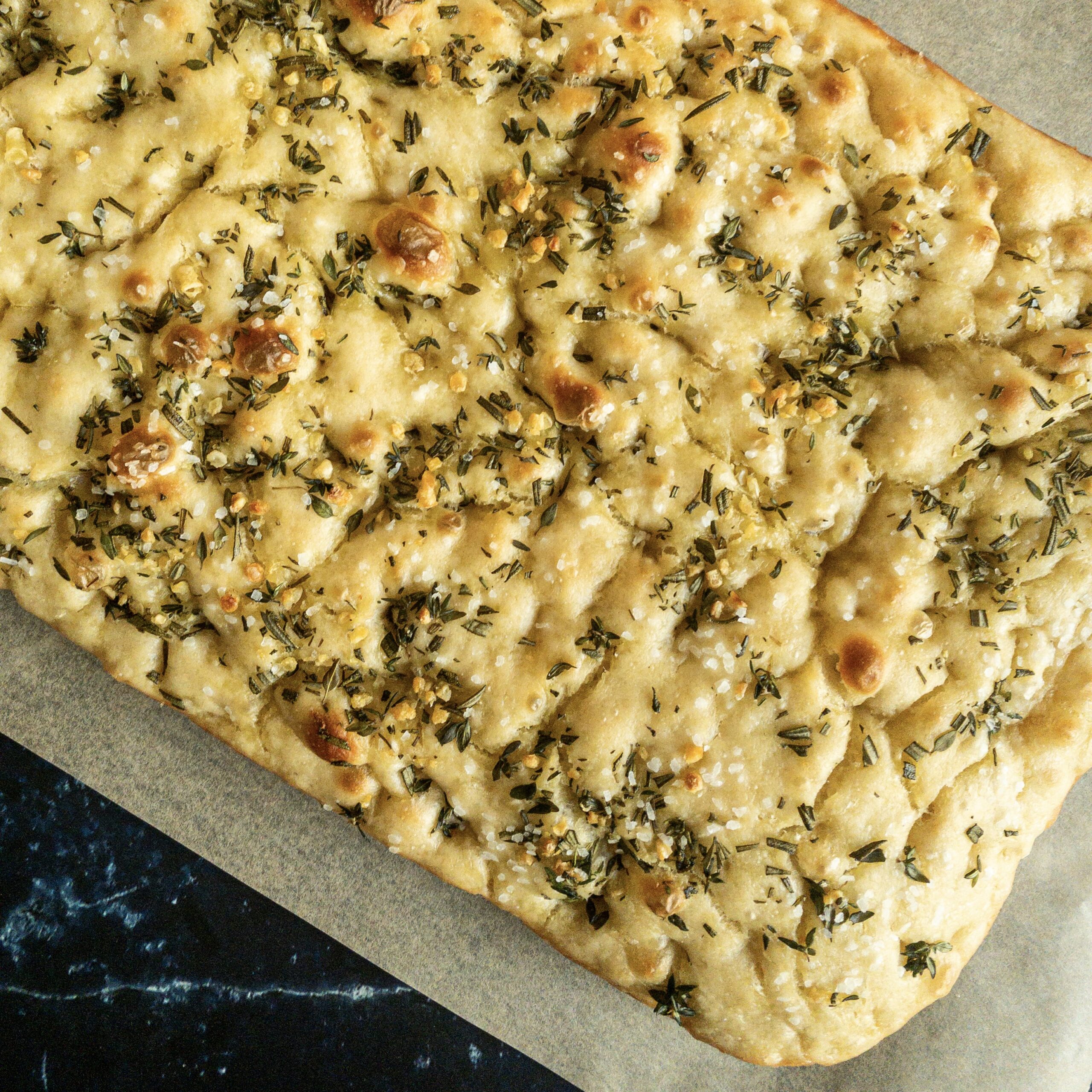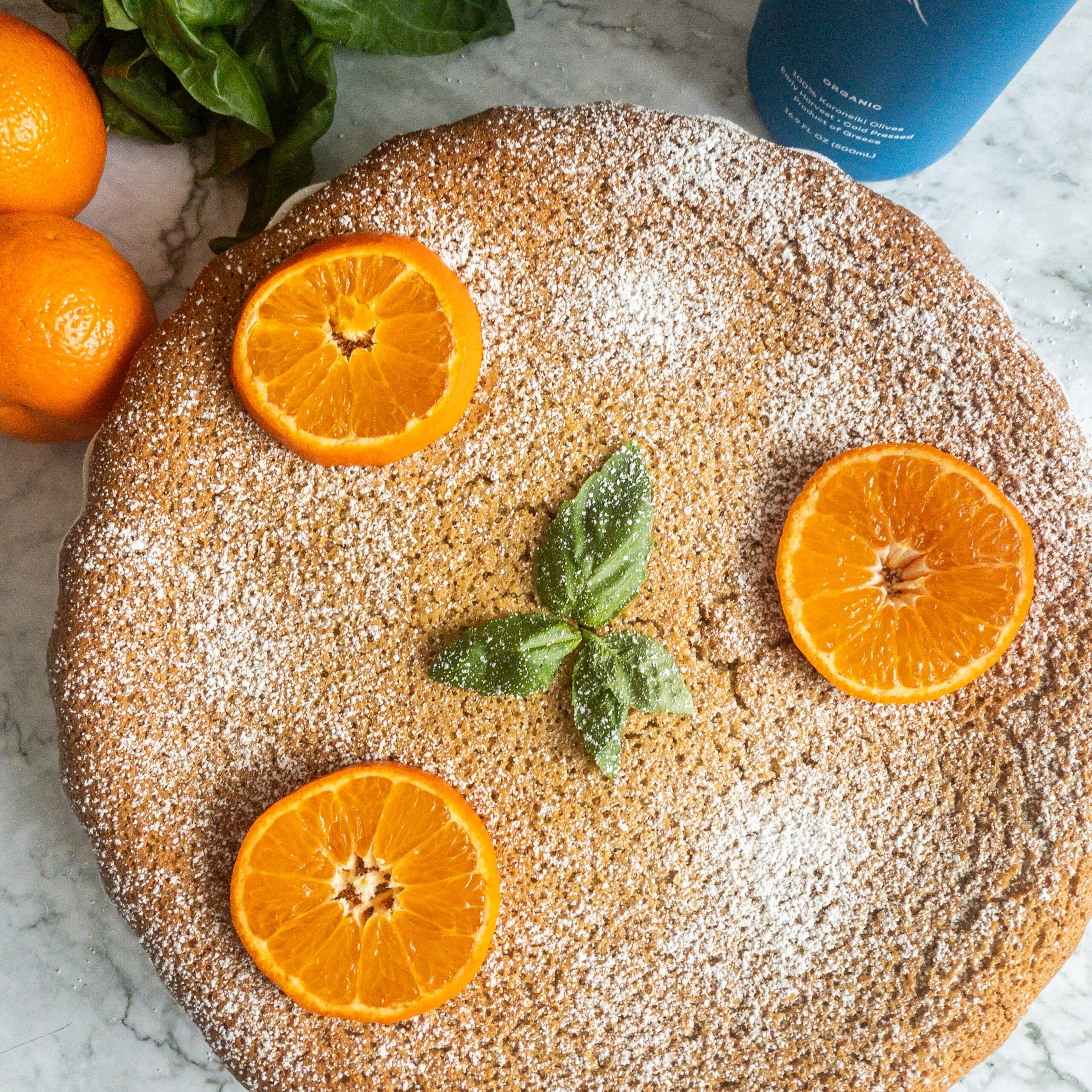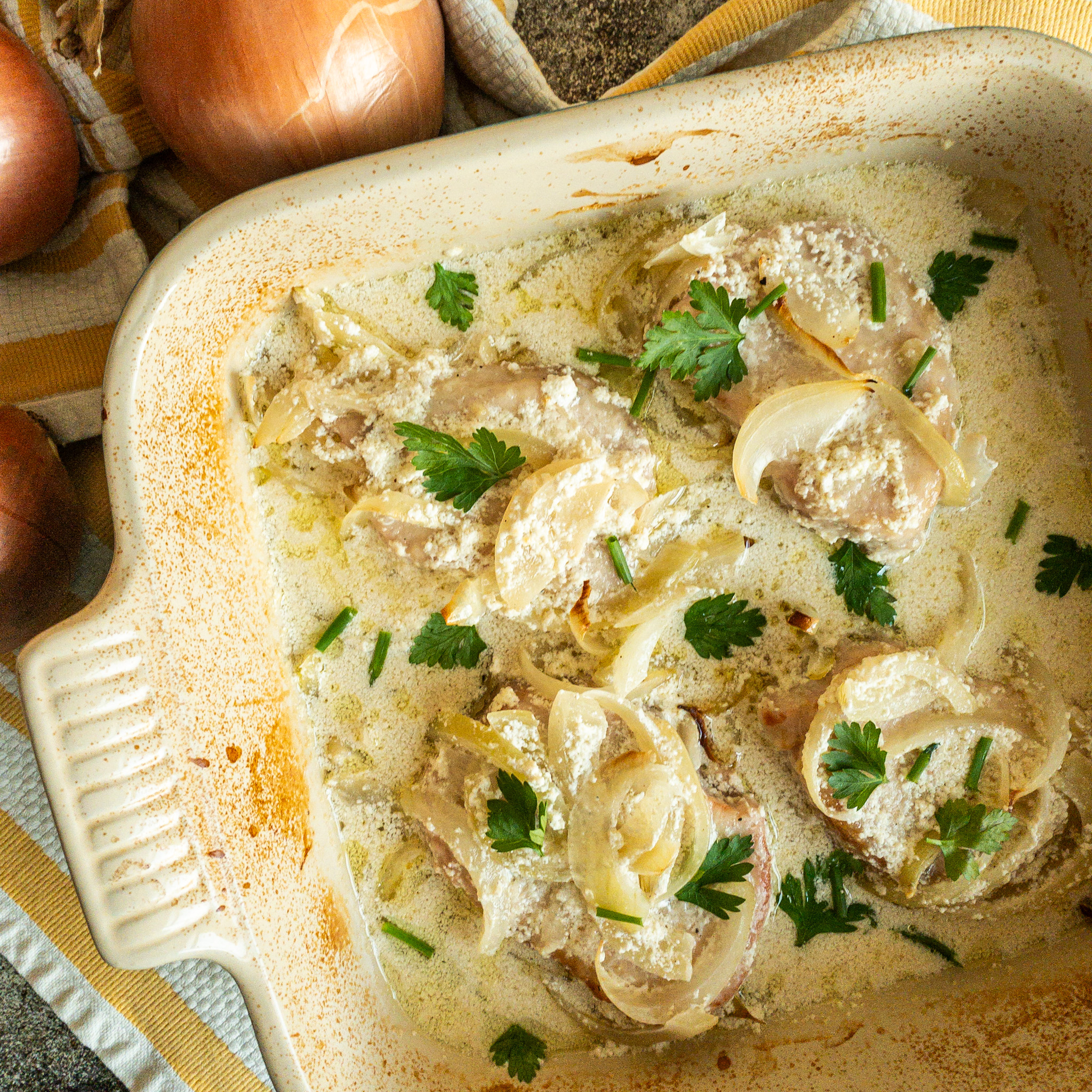
This dish was influenced by a newish cooking book I got called Cooking With Scraps. It’s a great book that gives you ideas and recipes for the parts of food you wouldn’t normally see and use in a recipe. Think beet peels, carrot greens, lemon rinds, etc.
That’s where the leek greens come in. I’m sorry to say that for awhile I would just toss all of my food scraps. New York City doesn’t have the best composting system, and I would sometime save certain veggie scraps to use for a homemade broth, but there were so many times I just didn’t know what to do with my edible waste.
let's talk about leeks
Leeks are an incredible springtime veggie that will instantly elevate a meal. The bottoms are white and have a subtle onion flavor, while the tops are dark green and leafy. They’re stiffer than most other greens, so they’re best when sautéed or wilted.
Leeks are one of those veggies where the white parts are commonly used, but a lot of recipes don’t call for the green tops. Now, anytime I cook with leeks, I reserve the tops in a large ziploc bag and use them for another dish.

now the cacio e pepe
If you’ve had good cacio e pepe, you’ll know why this is one of my favorite guilty pleasures. (Although let’s be honest, I never feel that guilty about making it.) Cacio e pepe, which literally translates to “cheese and pepper” from Italian, is a delicious bucatini pasta dish with a thick creamy sauce make simply with pecorino cheese and black pepper.
The key with cacio e pepe is to use great quality ingredients and follow the instructions pretty much to a tee. You’ll cook the bucatini like you’d cook normal pasta (and in this recipe add the leek tops), and then the sauce is where you’ll want to pay the most attention.
First of all, it’s easiest to make the sauce in a large, shallow skillet vs a pot, as it’s easier to toss the pasta with the cheese and water. You’ll also want to use whole peppercorns and grind them yourself, either using a mortar and pestle or a pepper mill. This will ensure the pepper has a sharp, biting flavor that complements the soft, nutty cheese flavor.
The final key is to make sure you reserve the pasta water from the bucatini. Tossing the starchy water along with the cheese will ensure it’s creaminess and velvety texture.
See the rest of the instructions below along with some notes to ensure you have the best homemade cacio e pepe experience. Buon appetito!

⟶ the recipe
leek top cacio e pepe

ingredients
2 tablespoons EVOO
1 teaspoon Kosher salt
1 pound bucatini
1-2 leeks, tops only
1 tablespoon black peppercorns, freshly ground
2 ounces pecorino romano, finely grated
Prep time
10 minutes
Cook time
15 minutes
Total time
25 minutes
4-6 servings
instructions
Fill a large pot with water, add the salt, and set it over high heat. Bring water to a boil and add the bucatini.
While pasta is cooking, rinse and dry the leek tops thoroughly. Then, cut them in half and slice each leek top into thin strands, similar in width to linguine noodles.
Once pasta has cooked until al dente, remove the pot from the burner. Add the leek tops, and stir them into the pasta for a couple seconds until just barely wilted.
Transfer the bucatini and leek tops to a colander, reserving the pasta water.
In a large skillet, heat the olive oil over medium heat. Add the pepper, and sauté for about 1 minute, until fragrant. Add the pasta and leek tops to the skillet and about ⅓ cup of the pasta water.
Sprinkle in about a quarter of the pecorino, and toss quickly with tongs. Add a bit more pasta water and cheese, and toss again, coating the noodles. Continue this process until you’ve used all the cheese and the sauce is smooth and creamy with no chunks. Add additional pasta water to loosen up the sauce as needed.
Transfer the pasta to individual bowls and top with additional grated cheese if desired.
⟶ recipe notes
- Use a microplane to grate the cheese so it’s finer and doesn’t clump up as easily
- When cooking the pasta, don’t fill the pot too high with water. Include just enough that it covers all of the noodles while boiling. This will create a starchier pasta water which will help make the sauce smoother
⟶ modifications
- Some people add milk, heavy cream, or dairy to their cacio e pepe – and your certainly can do that – but it’s definitely not necessary to achieving a smooth velvety sauce
- You can also use parmesan instead of pecorino if you’d like. Just keep in mind that parmesan is aged longer and therefore is harder than pecorino, making it more difficult to incorporate into the sauce


